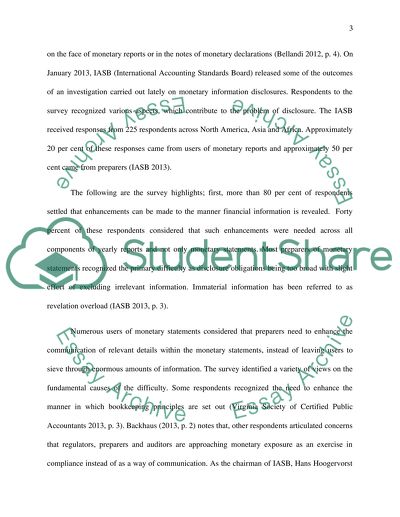Cite this document
(“Required: critically evaluate the following statement: Accounting Essay”, n.d.)
Required: critically evaluate the following statement: Accounting Essay. Retrieved from https://studentshare.org/finance-accounting/1470958-required-critically-evaluate-the-following
Required: critically evaluate the following statement: Accounting Essay. Retrieved from https://studentshare.org/finance-accounting/1470958-required-critically-evaluate-the-following
(Required: Critically Evaluate the Following Statement: Accounting Essay)
Required: Critically Evaluate the Following Statement: Accounting Essay. https://studentshare.org/finance-accounting/1470958-required-critically-evaluate-the-following.
Required: Critically Evaluate the Following Statement: Accounting Essay. https://studentshare.org/finance-accounting/1470958-required-critically-evaluate-the-following.
“Required: Critically Evaluate the Following Statement: Accounting Essay”, n.d. https://studentshare.org/finance-accounting/1470958-required-critically-evaluate-the-following.


